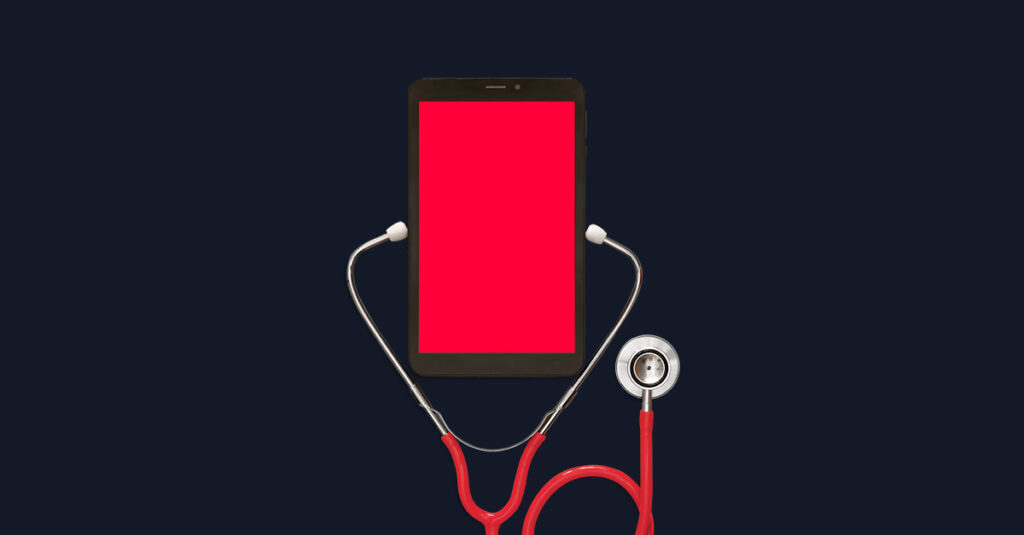
Understanding Telehealth: Staying Healthy with Remote Doctor Visits
Telehealth is a way to connect remotely to your healthcare provider through technology. Millions of Americans are using this new workaround for their healthcare appointments, but it’s so new that you probably have a lot of questions about how it works, how you use it, and how you stay safe. Understanding telehealth will help you get the most out of this technology while achieving your health goals. Here’s what to know:
Telehealth 101: The Basics
Telehealth uses modern technologies, like your home computer, smartphone, and internet, to connect you to a healthcare provider without ever having to leave home. Rather than being at the doctor’s office in person, you get live digital private appointments right on your screen.
Telecommunication technologies like video conferencing get you the same level of personalized care with a virtual visit to a licensed healthcare provider. Doctors can also use these kinds of technologies themselves to receive further training and education, or handle team meetings without traveling to other healthcare facilities.
The list of providers and medical specialties using telehealth grows longer almost every day. They can include:
- Chronic disease management
- Dentistry
- Home health
- Psychiatric counseling
- Physical or occupational therapy
You’ve probably heard of telemedicine, too. What’s that exactly? Telemedicine refers to the clinical services your doctor provides remotely, like refilling your prescriptions, sometimes making a diagnosis based on your symptoms, or offering medical advice related to your problem. Telehealth is the term for your appointment, your interaction with the doctor.
Benefits of Telehealth
What makes telehealth a good option instead of an in-person doctor’s visit? Telehealth and telemedicine technologies help you to avoid in-person visits – this reduces your exposure to sick people, and it keeps others from being exposed to any illnesses you might carry, even if you don’t have symptoms.
Even when we are beyond COVID-19, telehealth is just practical. Your daily life might be heavily scheduled and hectic, and using telehealth can be more convenient if you have limited time for appointments or just need a simple question answered quickly. It’s also a great option for people who can’t find transportation or travel to a doctor’s office themselves.
Telehealth in Rural Communities
Almost 60 million people, one out of every five Americans, lives in a rural area. They may be far from urban centers with hospitals and doctor’s offices. Many rural areas are designated as Health Professional Shortage Areas. In these remote locations, it’s sometimes hard to attract and retain doctors and other medical professionals. This means that people in rural communities may not have access to any doctor or specialist in their immediate location. Telehealth technologies often provide a great solution and can also help rural physicians further their own careers with the latest and most up-to-date knowledge.
What Telehealth isn’t For
Telehealth is not for any urgent health problems like a sudden severe injury. There’s no time to schedule and wait for a telehealth appointment. Instead, you should always call 911 to be connected with care and treatment quickly.
How Doctors Use Telehealth
Live video healthcare conferencing via a smartphone or tablet or computer is what you’re probably hearing most about right now, but appointments can also be completed by phone when these technologies aren’t available.
Beyond virtual visits, telehealth also helps with remote patient monitoring. A diabetes patient could upload certain health data, such as blood sugar levels, to a doctor using their smartphone or tablet. That way, the doctor could see the trends in your blood sugar measurements and suggest any necessary changes to a medical routine.
How to Get Started
You probably already have everything you need to get started with telehealth. You’ll need an internet connection that supports video conferencing, as well as a personal computer, tablet, or smartphone. And if you’re not tech savvy or adept at downloading software or logging into apps, ask a friend or relative to walk you through the process. Do all this before your first appointment so that you’ll be ready to talk with your doctor and won’t have to worry about knowing how to use the technology.
In many cases, telehealth services are offered through patient portals. These websites or mobile apps require a login ID and password. You can email your doctor’s office directly, schedule appointments, or request medication refills through most patient portals, making them an easy option for minor healthcare needs.
In some cases, doctors have specific websites or smartphone apps they use for telehealth. Be sure to ask your doctor how to connect for your telehealth appointment. Get a confirmation email, or text, with all the information so you’ll have it to prepare and then for reference.
Every single day we find ourselves adapting to great innovations through new technology solutions that give us a whole new way to go about our lives. Telehealth is one that will give you a lot of options, flexibility, and access to expertise and knowledge that can help you live better and smarter.



